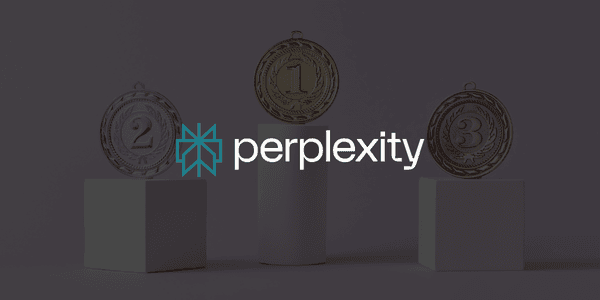How does an AI search engine determine which content ranks at the top? A new study provides surprisingly deep insights into how Perplexity, an emerging AI search engine, evaluates and ranks content. For businesses and content creators looking to enhance their visibility in this new search environment, this offers valuable points of reference.
How does the ranking system of Perplexity work?
Independent researcher Metehan Yesilyurt analyzed the behavior of the search engine through browser interactions with Perplexity's infrastructure. His conclusion: Perplexity employs a smart system that operates in three layers, particularly for searches related to people, companies, or concepts.
First, the AI retrieves search results just like a regular search engine would. Then, it applies a strict machine learning filter, excluding poor or irrelevant results. If too few relevant results remain, the system discards the entire list. In short: quality and substantive authority are more important than mere clever keyword tricks.
Moreover, Perplexity works with manually curated lists of reliable sources such as Amazon, LinkedIn, GitHub, and Coursera. Content that originates from or is linked to such platforms automatically receives a higher rating in the search results.
What does this mean for companies and marketers?
For those looking to be visible online in AI-driven search environments, the approach is changing. Traditional SEO remains relevant, but the focus is shifting: it is now even more about content quality, authority on the subject, and connections with reliable platforms.
A striking discovery from the research is the link with YouTube. Videos whose titles match popular search queries on Perplexity gain more visibility—on both platforms. This indicates a kind of 'cross-validation' of trending topics, where Perplexity checks whether there is also attention for the same theme in other places (such as YouTube).

